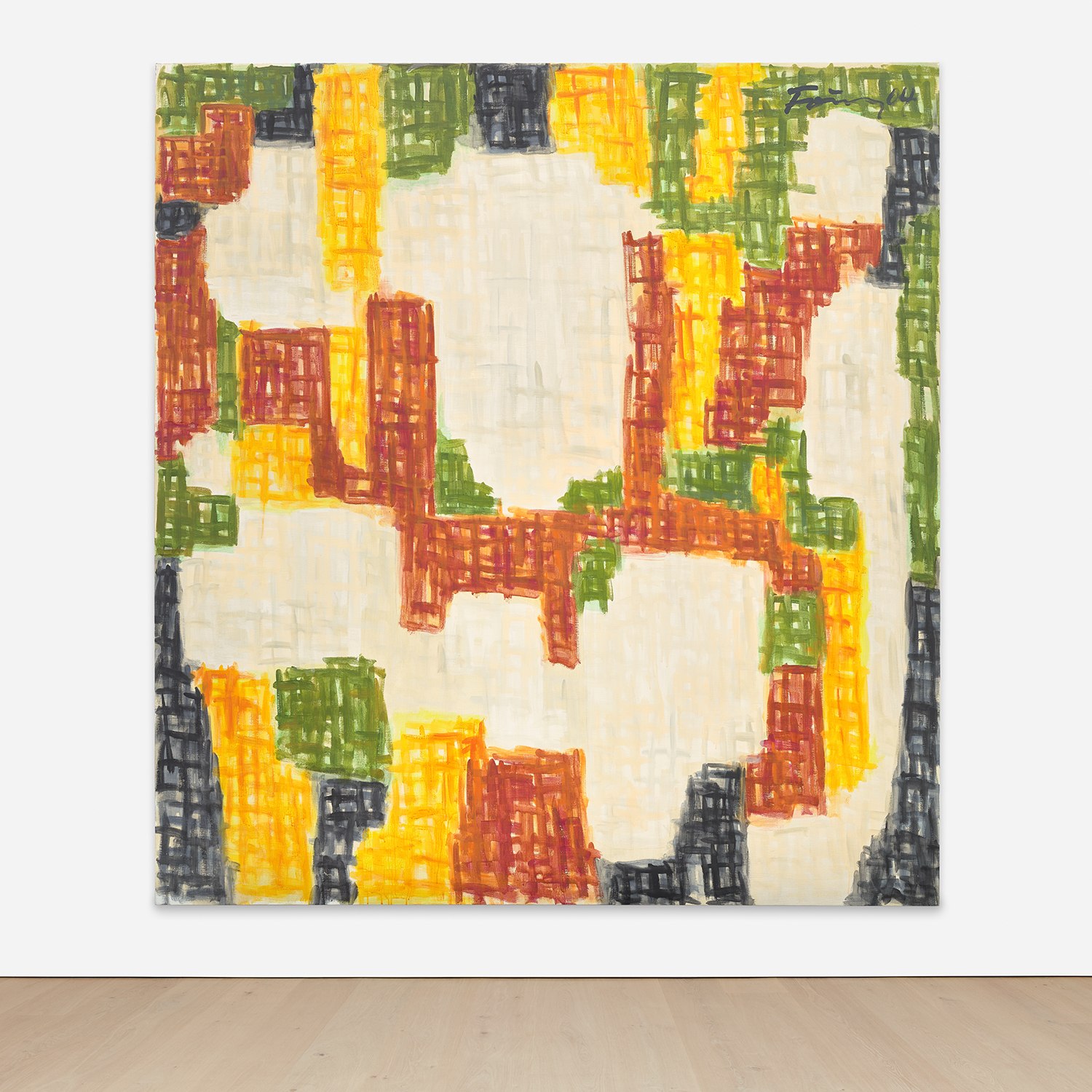



127
Günther Förg
Untitled
signed and dated 'Förg 04' upper right
acrylic on canvas
210.3 x 195.5 cm (82 3/4 x 76 7/8 in.)
Painted in 2004, this work is recorded in the archive of Günther Förg as No. WVF.04.B.0003.
We thank Mr. Michael Neff from the Estate of Günther Förg for the information he has kindly provided on this work.
We thank Mr. Michael Neff from the Estate of Günther Förg for the information he has kindly provided on this work.